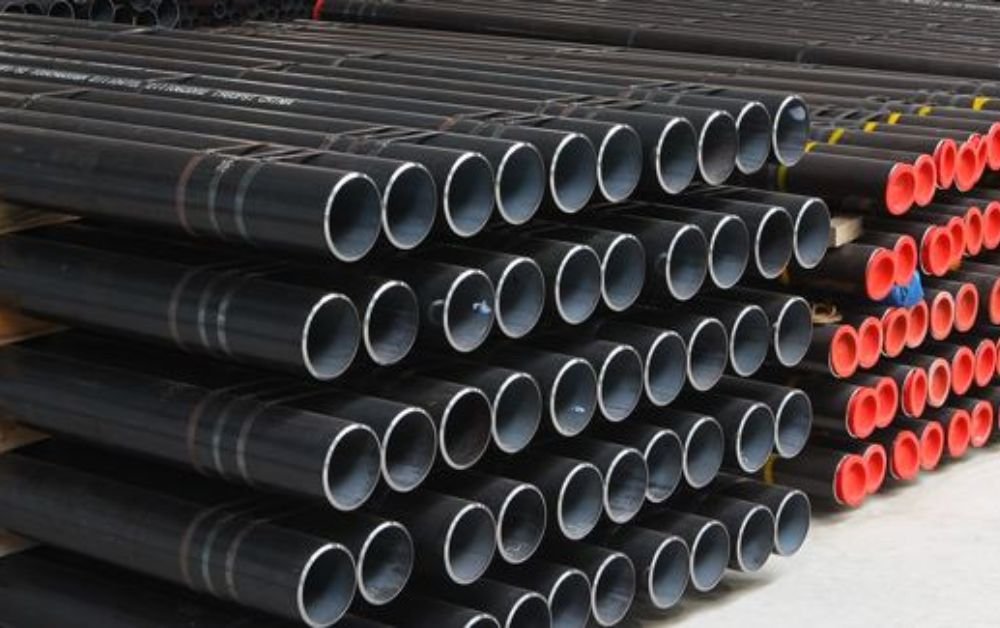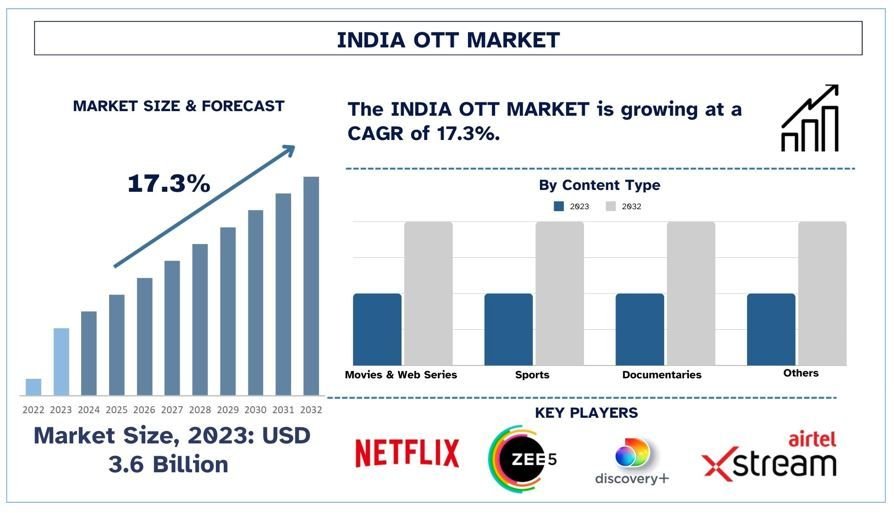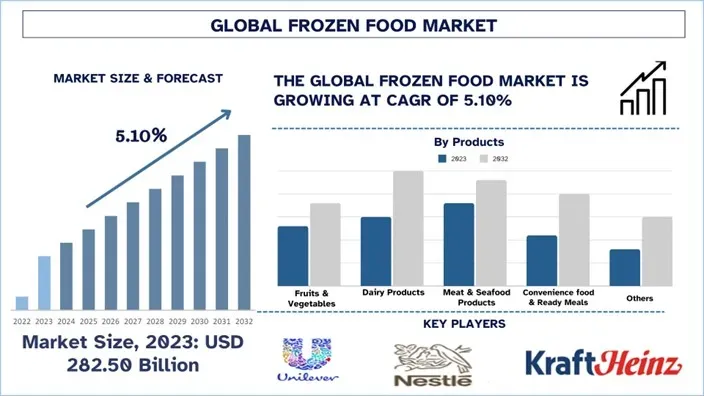In industries ranging from construction to oil and gas, choosing the right type of piping is essential for ensuring performance, safety, and cost-efficiency. One particular choice that stands out for its strength and reliability is Seamless Pipes. But how can you tell when it is the right time to opt for seamless over welded pipes?
This article explores the seven major signs that indicate you might need Seamless Pipes for your next project or industrial requirement. Understanding these signs can help you make informed decisions that contribute to better project outcomes.
Understanding Seamless Pipes and Their Advantages
Before identifying the signs, it is important to understand what Seamless Pipes are. Unlike welded pipes, seamless pipes are manufactured without any seams or joints. They are created by extruding a solid billet of steel or other material into a pipe shape, which ensures uniform strength throughout the entire length.
The key advantages of Seamless Pipes include higher pressure ratings, improved corrosion resistance, greater strength, and a more uniform structure. These benefits make them a preferred choice for critical applications where performance and safety cannot be compromised.
You Are Dealing With High-Pressure Applications
One of the most obvious signs that you might need Seamless Pipes is if your project involves high-pressure applications. Welded pipes, although strong, have a seam that can act as a weak point under high pressure. Seamless pipes, lacking this vulnerability, can withstand much higher internal pressures without the risk of rupture or failure.
Industries such as oil and gas, power plants, and chemical processing facilities often require piping systems that can endure extreme pressures, making seamless pipses the safer and smarter choice.
You Require Superior Corrosion Resistance
If your operations involve transporting corrosive fluids or gases, seamless pipes could be essential. Thanks to their uniform structure and absence of welds, Seamless Pipes offer better corrosion resistance compared to welded alternatives.
Applications like offshore drilling, chemical manufacturing, and marine installations demand materials that can endure aggressive environments without deteriorating quickly. Using seamless pipes in these situations ensures longer service life, reduced maintenance costs, and enhanced safety.
You Need Pipes for Critical Structural Applications
Importance of Steel Pipes: Seamless pipes provide consistent strength along the entire length, making them ideal for structural applications where any weakness could lead to catastrophic failures.
Builders and engineers often choose Seamless Pipes for critical load-bearing structures to ensure maximum reliability and compliance with safety standards.
You Are Working With High-Temperature Environments
Operating in high-temperature environments is another clear sign that you might need Seamless Pipes. High temperatures can weaken welded joints over time, leading to leaks or pipe bursts. Because seamless pipes have no welds, they maintain their integrity and strength even under extreme thermal conditions.
Industries like refineries, petrochemical plants, and steam generation facilities benefit greatly from using seamless pipes for their high-temperature operations.
You Require Precise Dimensional Tolerances
Some industries and projects demand pipes with very tight dimensional tolerances. Manufacturing seamless pipes typically results in better roundness, uniform wall thickness, and consistent dimensions compared to welded pipes.
For applications such as hydraulic systems, precision instruments, and aerospace components, choosing Seamless Pipes ensures that you meet exact specifications, reducing the risk of operational issues or system inefficiencies.
You Want to Minimize Inspection and Testing Requirements
Because seamless pipes are inherently stronger and more reliable, they often require less extensive inspection and testing compared to welded pipes. Welded pipes must be thoroughly inspected, especially along the weld seams, for potential defects or weaknesses.
By opting for Seamless Pipes, project managers can streamline their quality assurance processes, reduce inspection costs, and expedite project timelines without compromising safety and reliability.
You Are Looking to Enhance Overall System Reliability
If you are aiming to maximize the overall reliability of your piping system, using seamless pipes is an intelligent move. The absence of seams eliminates a major source of failure, leading to fewer maintenance issues, longer service life, and improved operational uptime.
For industries where downtime can result in massive financial losses — such as energy, manufacturing, and transportation — the switch to Seamless Pipes can lead to significant long-term savings and performance improvements.
Common Industries That Rely Heavily on Seamless Pipes
Several industries have already recognized the unparalleled benefits of using seamless pipes and have incorporated them as standard practice:
- Oil and Gas Sector: For drilling operations, transportation pipelines, and refineries where pressure and corrosion resistance are critical.
- Chemical and Petrochemical Plants: For handling aggressive fluids under high pressure and temperature.
- Power Generation: In nuclear, thermal, and hydro plants, where pipe integrity is essential to prevent disasters.
- Automotive and Aerospace: For precision applications requiring exact dimensions and flawless performance.
- Construction: For critical load-bearing applications and structural frameworks.
Understanding how these industries benefit from seamless pipes can guide other sectors in making smarter material choices.
How to Choose the Right Seamless Pipes for Your Project
Recognizing the signs is one thing; choosing the correct seamless pipes for your specific needs is another. Here are key factors to consider when selecting pipes:
- Material Type: Depending on the application, you may require carbon steel, alloy steel, or stainless steel seamless pipes.
- Pipe Size and Thickness: These should align with pressure ratings and application needs.
- Standards and Certifications: Ensure the pipes meet industry standards such as ASTM, API, or ASME.
- Supplier Reputation: Work with reputable suppliers known for delivering high-quality Seamless Pipes that meet specifications.
Choosing the right seamless pipes ensures that you maximize the benefits while minimizing risks associated with poor-quality materials.

Future Trends in the Seamless Pipe Industry
As industries demand stronger, lighter, and more reliable materials, the market for seamless pipes is expected to grow steadily. Technological advancements in pipe manufacturing are leading to even higher precision, better corrosion protection, and enhanced strength-to-weight ratios.
Furthermore, the push towards sustainability is encouraging the development of seamless pipes with better recyclability and lower environmental footprints. Builders, engineers, and project managers who stay updated with these trends will be better positioned to leverage the latest innovations in Seamless Pipes for future projects.
Conclusion
Seamless pipes are not just another option on the market — they are a necessity for specific, high-demand applications. If you notice any of the seven signs mentioned — including the need for higher pressure resistance, superior corrosion resistance, critical structural support, or operations in extreme environments — it is a strong indication that you might need Seamless Pipes.
By understanding when and why to choose seamless pipes, businesses and industries can build stronger, safer, and more efficient systems. Investing in the right materials, like Seamless Pipes, is not just about meeting project requirements — it’s about ensuring long-term success and resilience in a competitive and demanding world.
For more insightful articles related to this topic, feel free to visit: techners











Leave a Reply